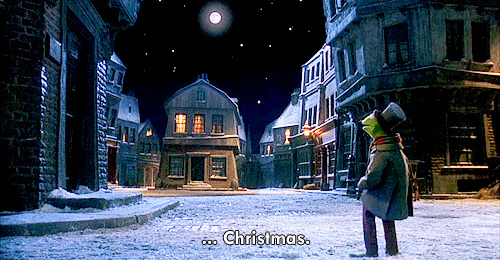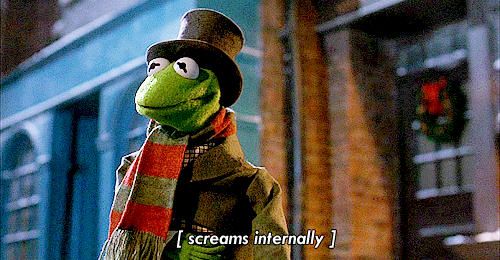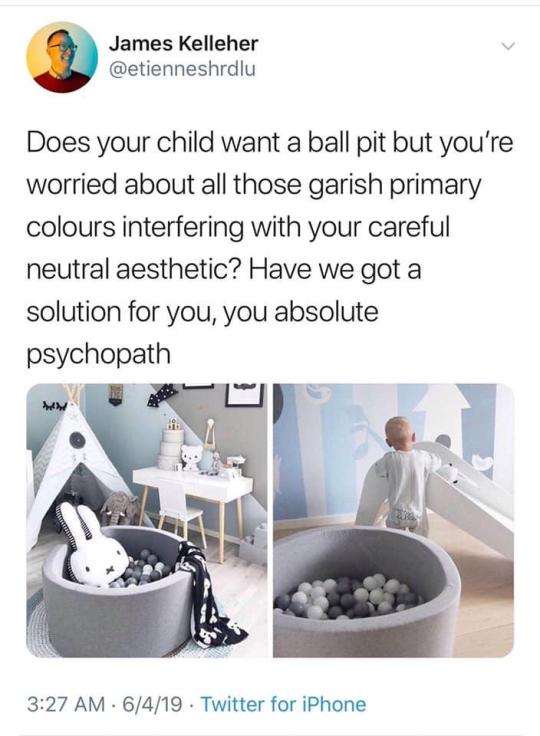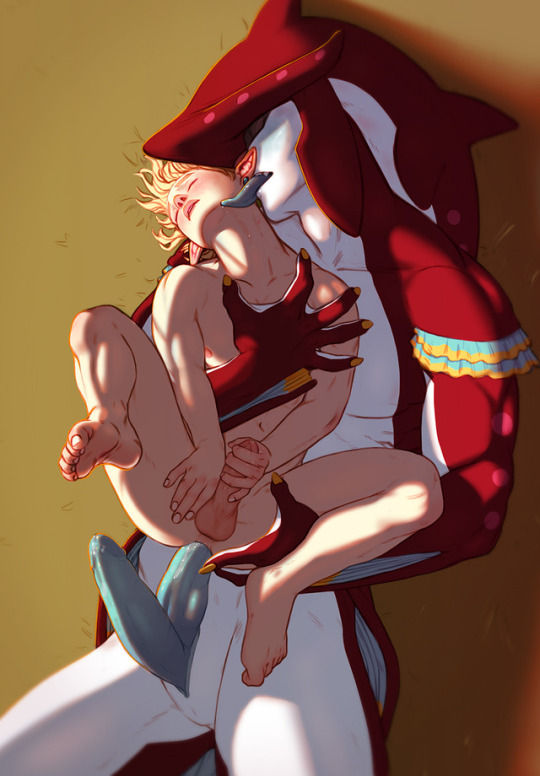Text
416 notes
·
View notes
Text
354 notes
·
View notes
Text
254 notes
·
View notes
Text
575 notes
·
View notes
Text
0556da4e91b84dd756cdaca9c08eae66a4e2329564395f779c292e87876582847c
Session
289VXNFPT
Teleguard
IYKYK
93 notes
·
View notes
Text
The Nadu Situation
This has become a big topic in the community this week, so I wanted to add my thoughts to the discussion. My focus isn’t on the banning, but on the behind-the-scenes processes that led to it. I’m Head Designer, so I want to focus on the design elements of the situation.
When we make Magic there are a few things we do to try and make it the best it can be. First, we design in what we call an iterative loop. That is, we make something, we playtest it, we get feedback, we make changes on that feedback, and begin the next iteration of the loop. We try to get as many iterative loops in as we can before the set is locked (aka “no more changes”).
No matter where we set that line, there’s a last day to make changes. Moving that line earlier doesn’t change anything other than giving us less iterative loops to improve things. Also, we make lots and lots of last minute changes. The vast majority of them make the game better. I understand there’s more focus on the times we make a mistake, but it represents a truly small percentage of the changes.
Also, whenever we design a card, we ask ourselves, who is this card for? If we’re trying to make game play the best it can be, it helps to understand who will use the card, where they will use it, and what they will do with it. Obviously, in a game as modular as Magic, the players can often zig when we expect them to zag, but in general, this process leads to the best design.
We have two play design teams, one focused on competitive play and one focused on casual play. The competitive play design teams determines which cards they think have a shot at competitive play (remember we’re making predictions as where we think the environment might go,we don’t definitively know; we need to make an environment complex enough as to entertain tens of millions of players). The casual play design team then looks as the cards that don’t play a competitive role to see what casual role they can play.
With that said, let me respond to a few popular lines this week:
“Stop designing for Commander” - The nature of competitive formats is that only so many cards can be relevant. As you start making more competitive relevant cards, they displace the weakest of the existing relevant cards. That’s how a trading card game works. That means that not every card in a set (or even just the rares and mythic rares as the commons and uncommons have a big role making the limited environment work) has a competitive role. As such, we examine how they will play in more casual settings. There’s no reason not to do that. And when you think of casual settings, you are remiss if you don’t consider Commander. It’s the 800-pound gorilla of tabletop play (aka the most played, heavily dominant format). Us considering the casual ramifications of a card that we didn’t feel was competitively viable is not what broke the card. Us missing the interaction with a component of the game we consider broken and have stopped doing (0 cost activations), but still lives on in older formats is the cause.
“Stop making late changes” - Whenever you see an airplane on the news, something bad has happened. It crashed, or caught on fire, or had an emergency landing, or a door fell off. Why do we still make planes? Because planes are pretty useful and what’s being highlighted is the worst element. That focus can lead people to false assumptions. Magic would not be better if we stopped making last changes. A lot *more* broken things would get through (things we caught and changed), and many more cards just wouldn’t be playable. Our process of fixing things up to the last minute does lots and lots of good. Maybe it doesn’t get the focus of the screw ups, but it leads to better design.
“Everything needs to get playtested” - My, and my team’s, job is to take a blank piece of paper and make something that doesn’t exist exist. That’s not an easy thing to do. I believe play design’s job is even harder. They’re trying to make a balanced environment with thousands of moving pieces a year in the future. And if we’re able to solve it on our end, that means the playerbase will crack it in minute one of playing with it. One minute, by the way, is the time it takes the Magic playerbase to play with a set as much as we can. There are tens of millions of you and a handful of us. There simply isn’t time in the day to test everything, so the play design team tests what they think has the highest chance of mattering. They take calculated gambles (based on years of experience) and test the things most likely to cause problems. Will things slip through? There’s no way they can’t. The system is too complex to not miss things.That doesn’t mean we don’t continually improve our processes to lower the chances of mistakes, but nothing we’re going to do can completely eliminate them.
Designing Magic is difficult. Next year is my thirtieth year working on the game, and I think we have the most talented team we’ve ever had. Plus, just as we iterate on the designs in a set, we iterate on design processes of making Magic. How we make Magic today is light years different, and I believe better, than how we made Magic when I started. (”If I have seen further, it’s because I stand on the shoulder of giants.”)
One final thing. I’ve always pushed for transparency in Magic design. No one on the planet has written/spoken about it more than me. I truly believe Magic is better as a game because its players have the insight to understand what we, the people making it, are doing. We do ask for one thing in exchange. Please treat the designers who take the time to share with you the behind-the-scenes workings of Magic design with kindness. We are all human beings with feelings. There’s nothing wrong with feedback, but it can be delivered with common courtesy.
668 notes
·
View notes
Text




Suffering from success. Based on a submission from @superbly-charging-at-78-percent
9K notes
·
View notes
Text
I don't fuck w nerds, the moment I can smell lore correction coming I'm like "Oh Neptune" and I gotta call my mom and ask her to pick me up
If I'm like "I really liked the scene where Gandalf learns the truth about the Ring in the first movie" and someone's like "Oh you mean when he was in Minas Tirith, originally known as Minas Anor when it was first built in the Third Age?" I am pulling the nearest fire alarm
56K notes
·
View notes









